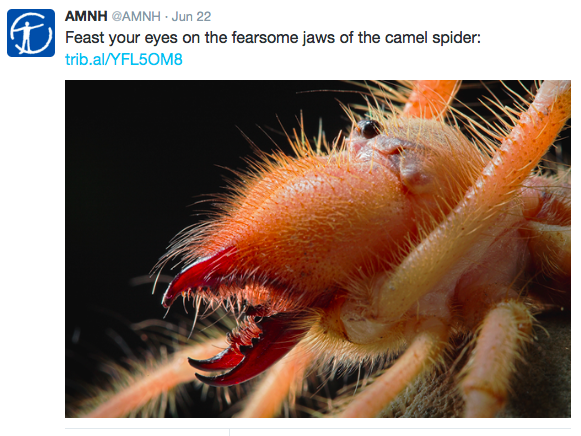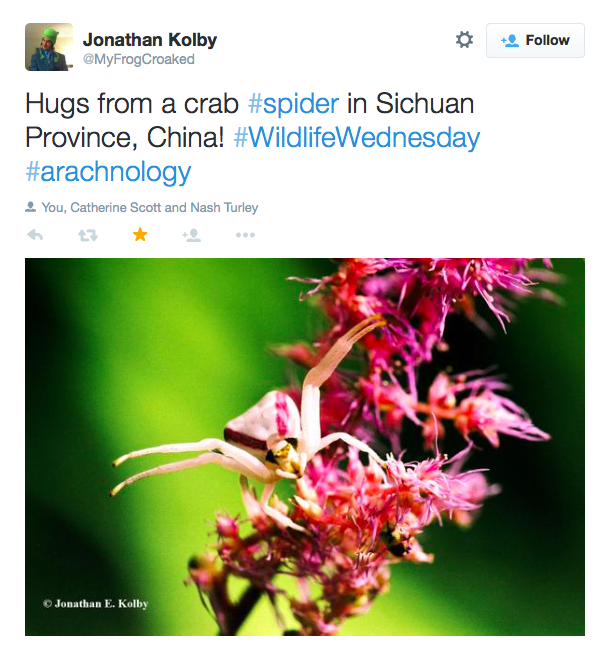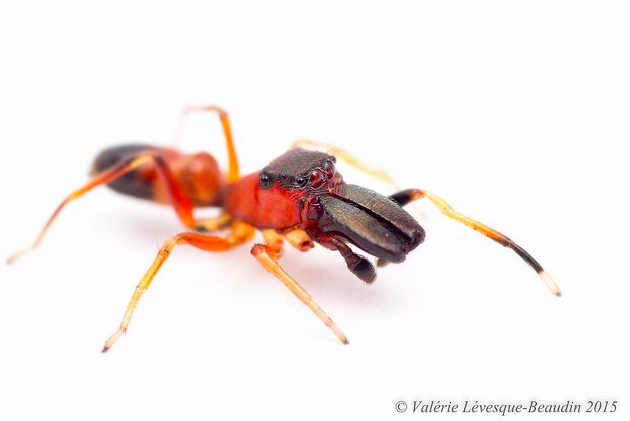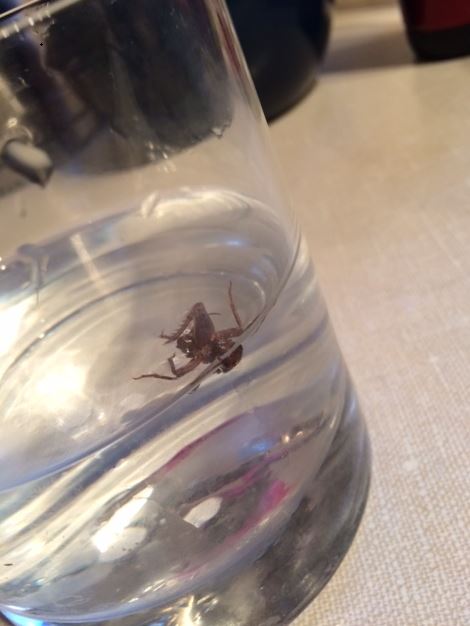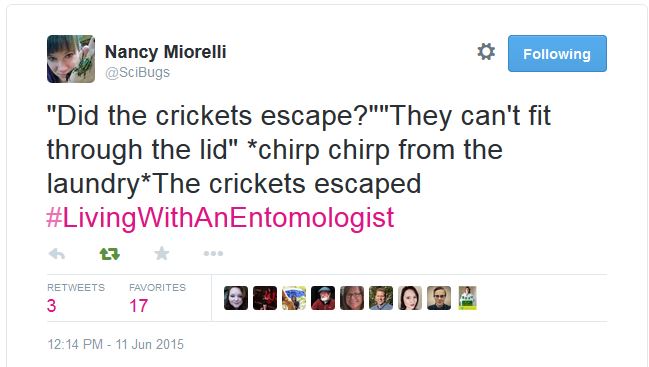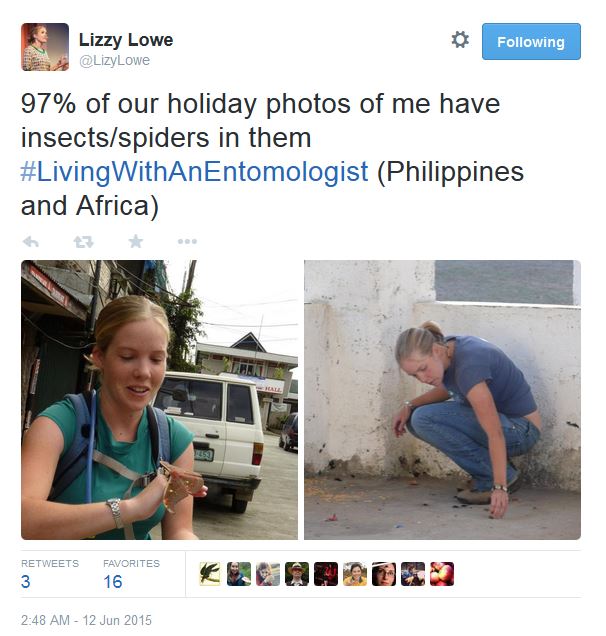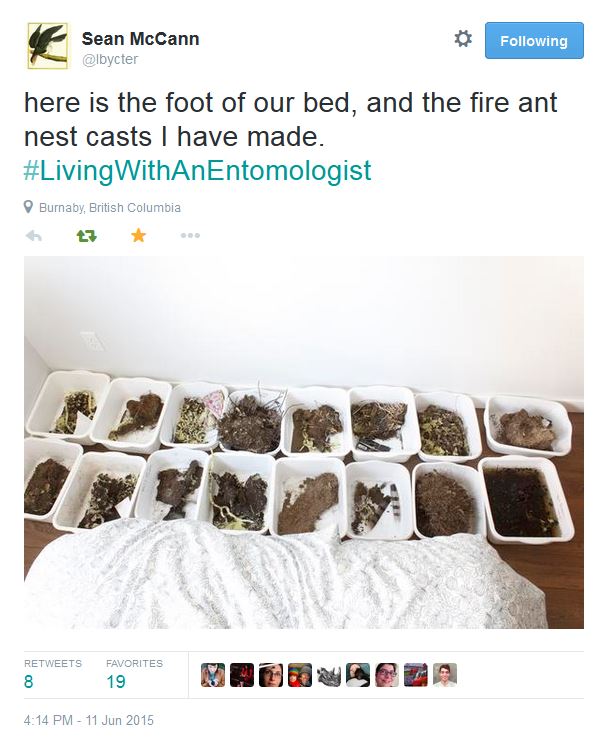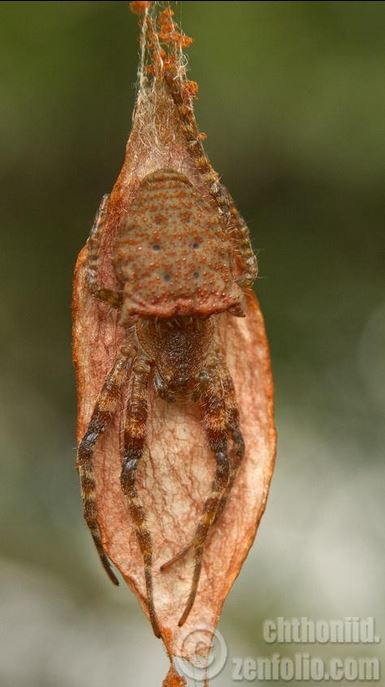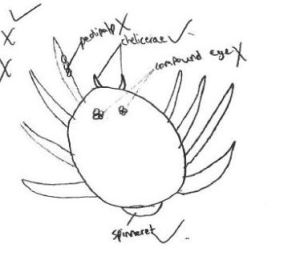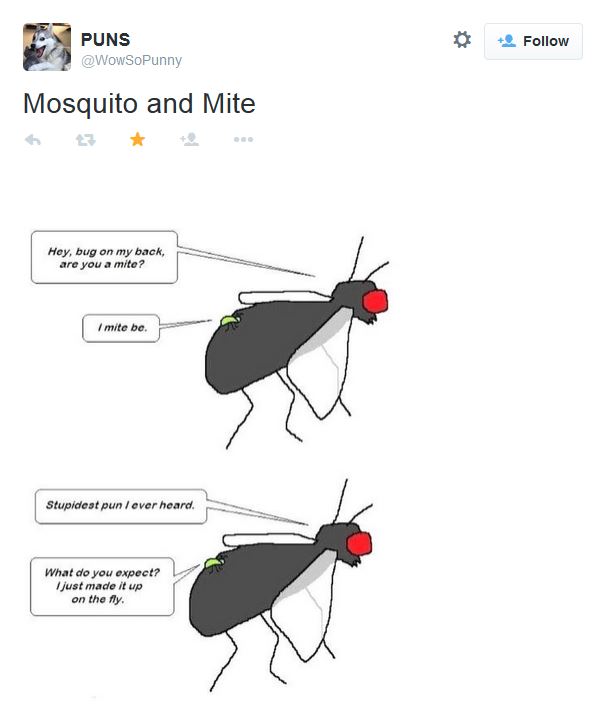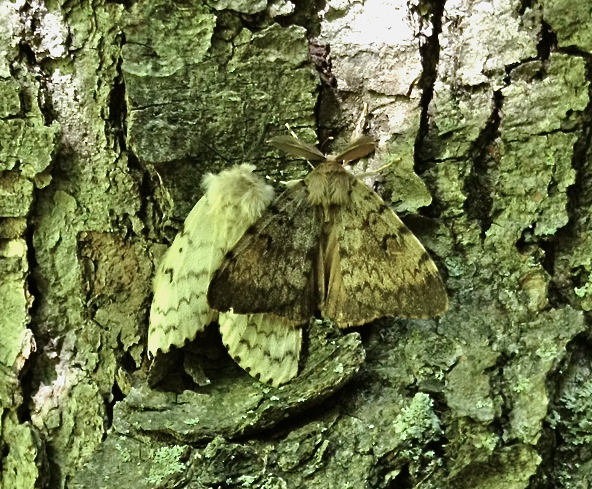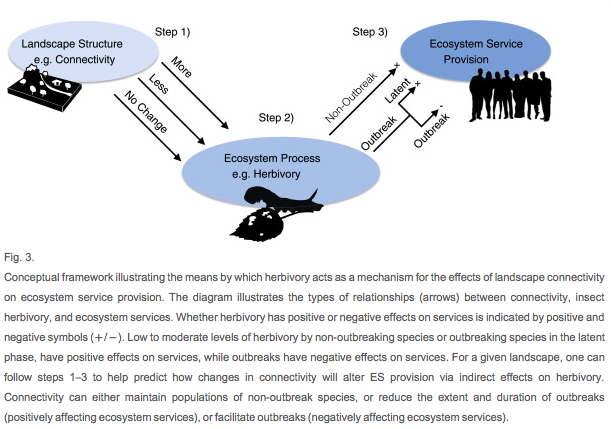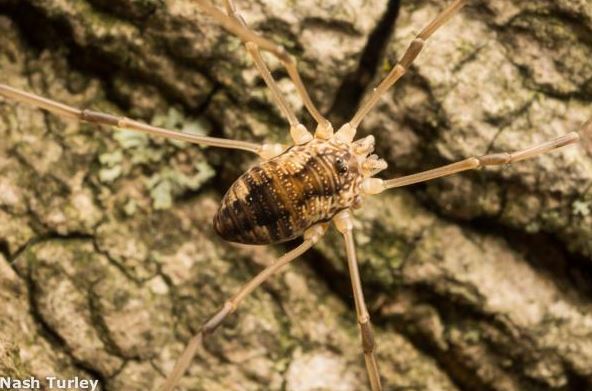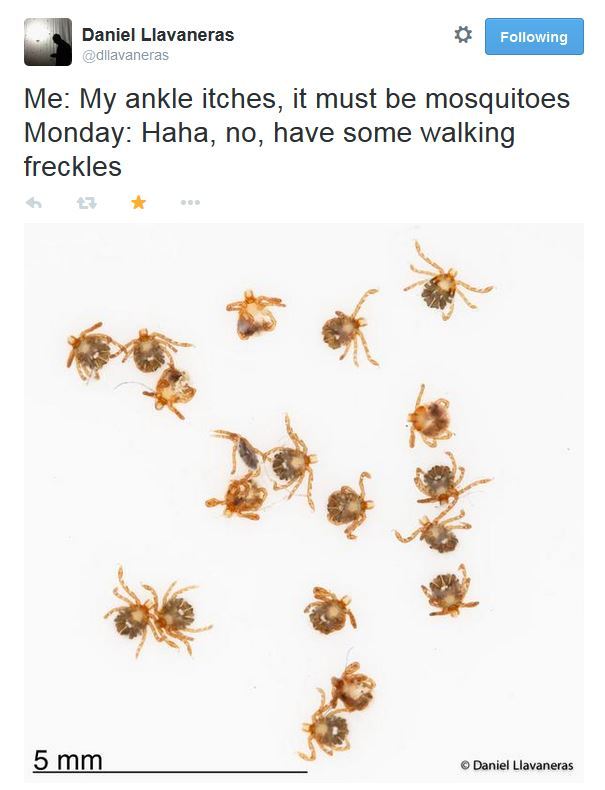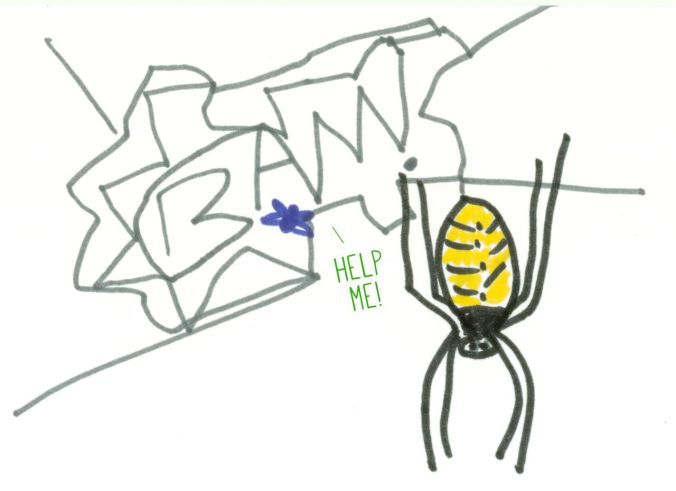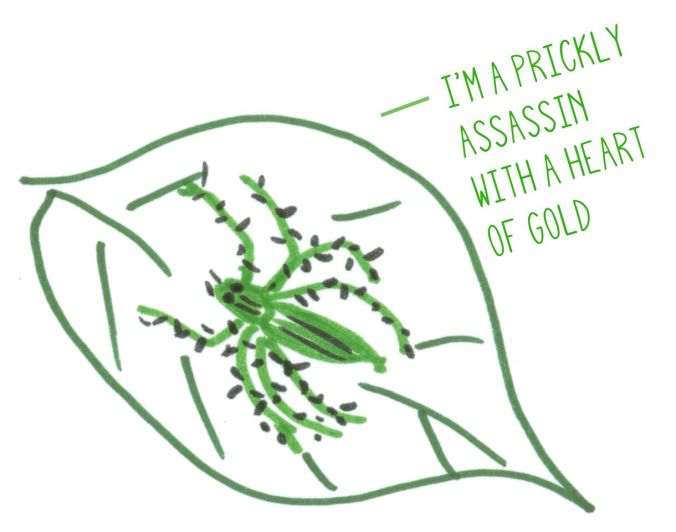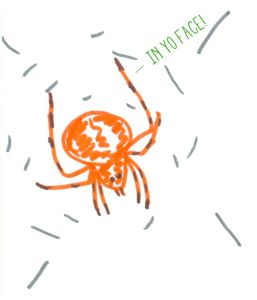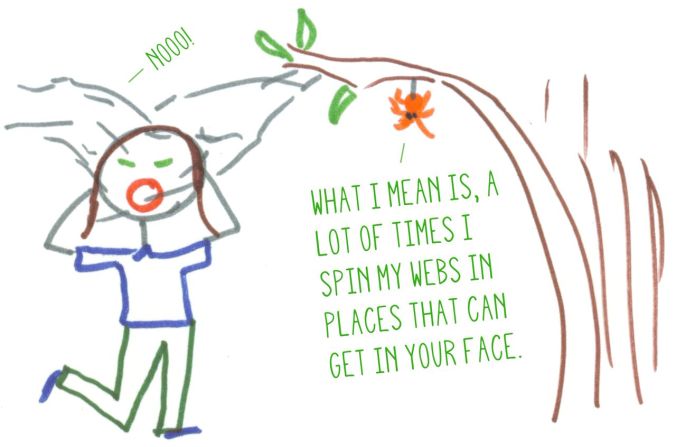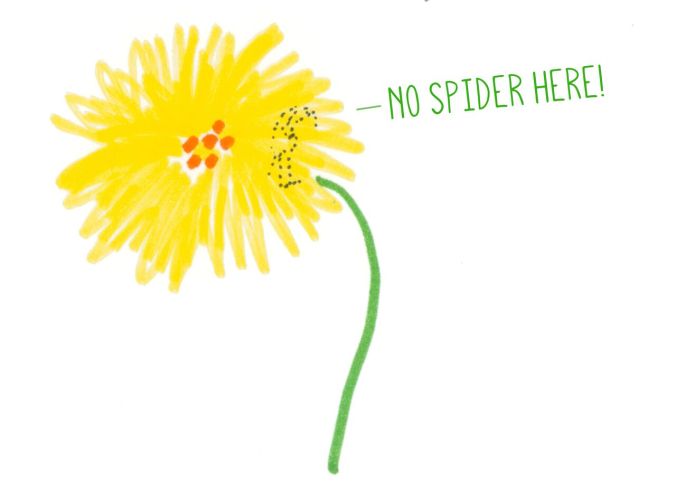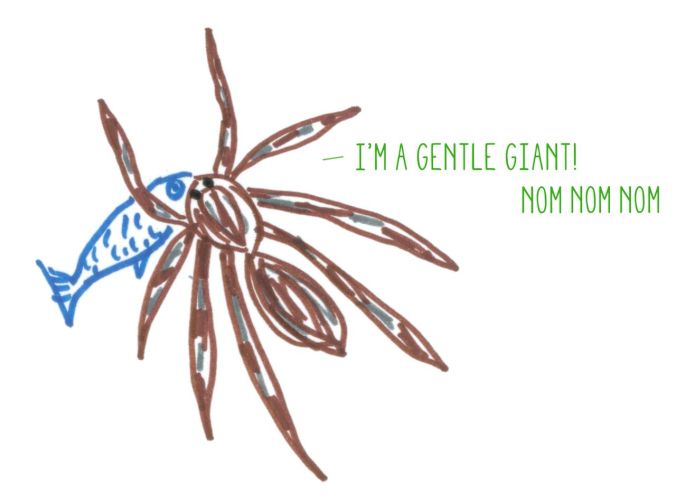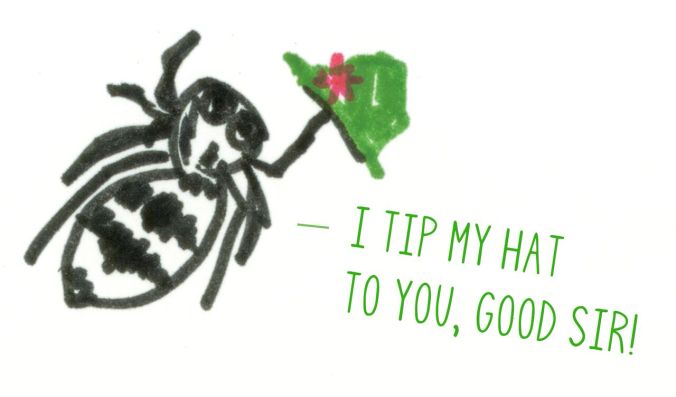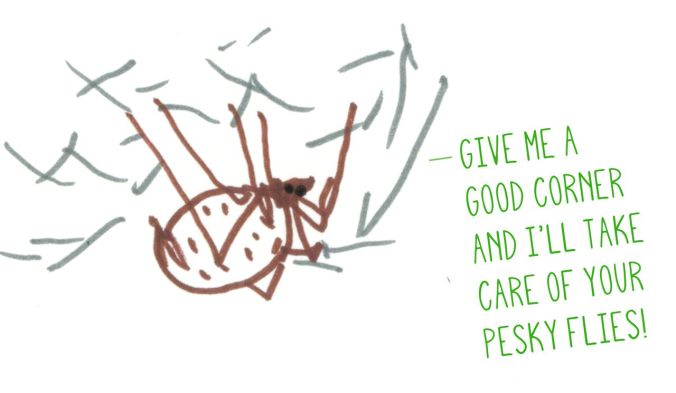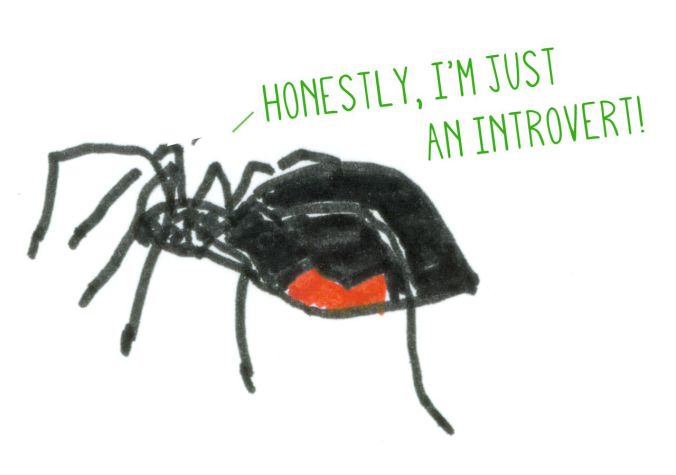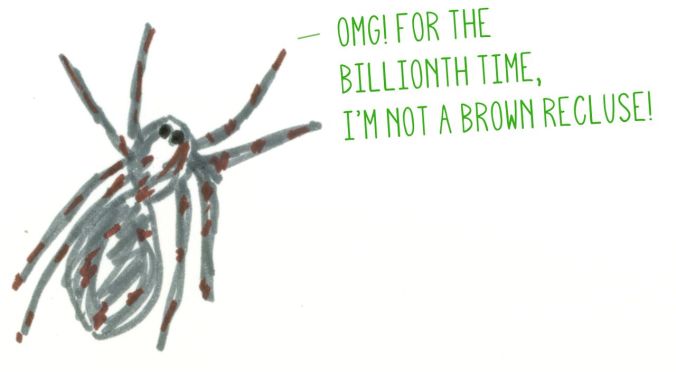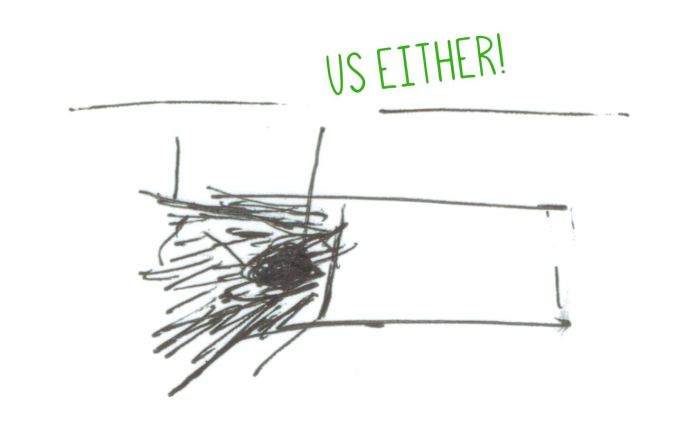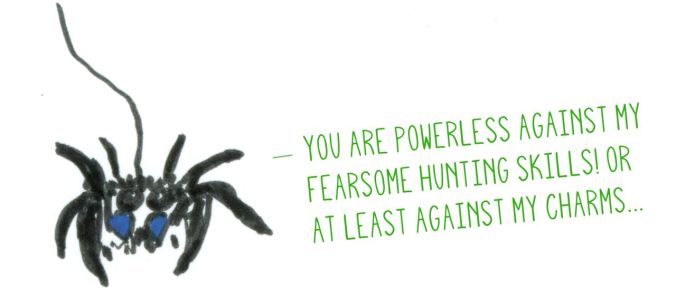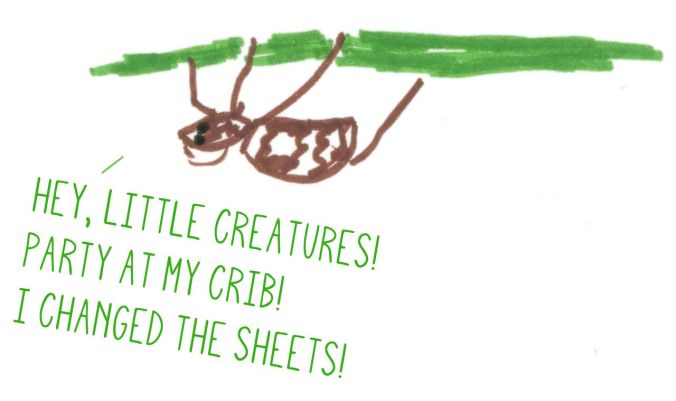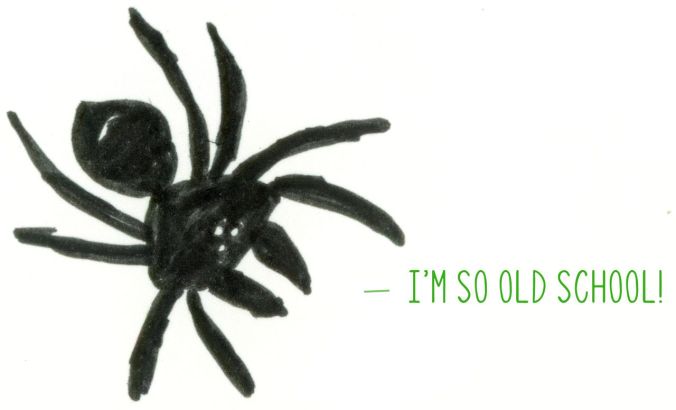Here’s your ninth edition of SPIDERDAY! Some arachnid-related links from the past week.
Please note: I’m just heaving off to the Yukon for a couple of weeks of remote field work (it will involve arachnids!). Spiderday will likely return on 18 July.
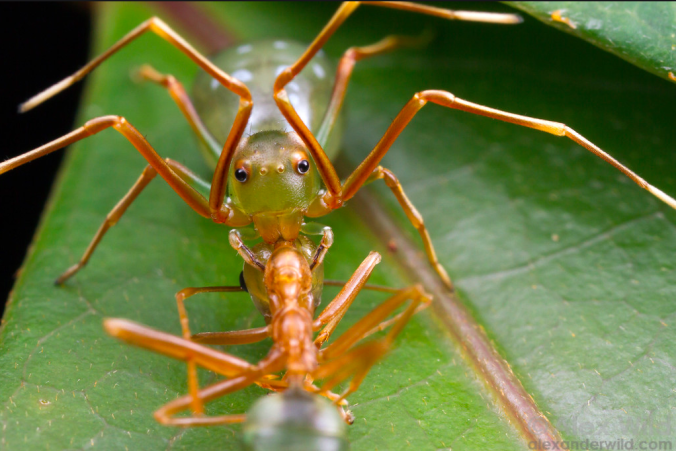
Wow - this is a Thomisidae (crab spider) that’s an ant-mimic. In Australia, of course. Photo by Alex Wild.
- “An estimated 25,000 diving tarantulas live along a 10 kilometre stretch of floodplain“. Australia - you have the best arachnids. Honestly. This is my read of the week.
- Always good news when new spider species are described: here are ten new species from Madagascar. In this work, the authors document ‘remarkable’ local diversity within the genus Anelosimus.
- Cuff links, spider style. Nice.
- The American Arachnological Society had its meeting last week: you can check out some tweets to gets a sense of the conference.
- Click here to read about a remarkable overreaction to finding a spider in bananas. Sigh.
- You just don’t hear about these critters very often: The formidable “jaws” of the solifugae (camel spiders, or wind scorpions). Not convinced…? Here you go:
- Scorpions, anyone? How about GIANT ones. An amazing post with stunning images that you just won’t believe!
- Some very handsome Opiliones (Harvestmen, or daddy-longlegs)
- This is from a while ago, but worth another read. The fastest land animal (scaled to relative body size) is… a MITE!
- Tips for tick safety. Worth a look.
- Here’s a great technique that arachnophiles are sure to use!
